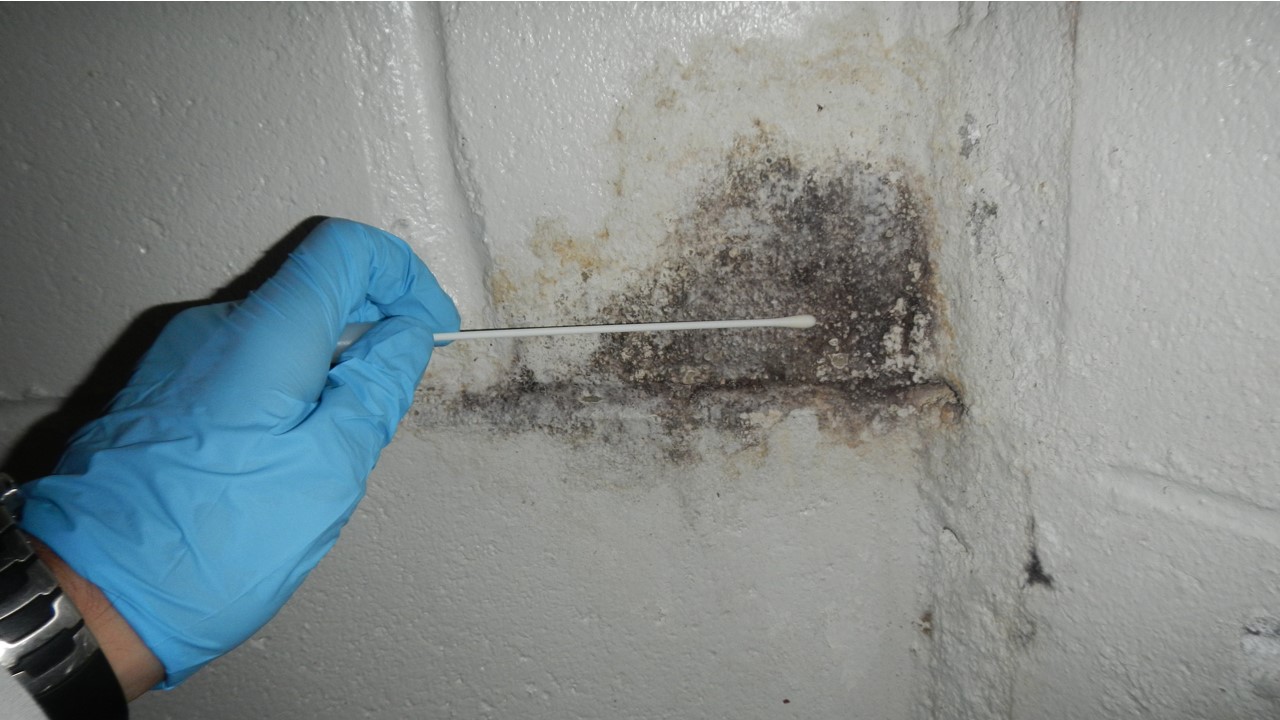Mold can cause serious health problems and damage to your home if left unchecked. ERMI mold testing is a method used to detect mold levels in your home, especially in cases where you suspect hidden mold.
This article will walk you through the ERMI mold testing process step-by-step, making it easier to understand and take action if needed.
What is ERMI Mold Testing?
ERMI (Environmental Relative Moldiness Index) mold testing is a specialized method used to identify and measure mold in indoor environments. Developed by the U.S. Environmental Protection Agency (EPA), this test analyzes dust samples to determine the presence and concentration of mold spores.
The results can help homeowners, property managers, and even health professionals understand the mold levels and make informed decisions about remediation.
Step 1: Collecting Samples
The first step in the ERMI mold testing process is sample collection. To get accurate results, a small amount of dust is collected from various surfaces in your home. This can include:
- carpets
- floors
- areas where dust accumulates
It’s essential to use clean, specialized equipment to avoid contamination.
- For effective results, you might want to consider hiring a professional for Volusia County mold testing. They have the experience and tools to collect samples properly, ensuring that the test results are reliable.
Step 2: Sending Samples to the Lab
Once the samples are collected, they need to be sent to a specialized laboratory for mold analysis. In the lab, the dust samples are examined for mold spores. The ERMI process specifically looks for a set of 36 mold species, including both toxic and non-toxic types.
The laboratory will use advanced techniques to identify the types and amounts of mold present in your samples. This step is crucial for getting a comprehensive view of your indoor air quality.
Step 3: Analyzing Results
After the lab completes its mold analysis, you’ll receive a report detailing the types and concentrations of mold found in your samples. The ERMI score will help you understand how your mold levels compare to other homes and establish a baseline for any future mold issues.
The results are usually presented in a clear format, making it easier for you to interpret. The report may also include recommendations for mold remediation based on the findings.
Step 4: Taking Action
Based on the results, you can decide on the next steps for addressing any mold problems. If the ERMI mold testing reveals high levels of mold, it’s important to consider professional mold remediation services.
These experts can help remove the mold and prevent future growth by addressing the underlying issues like moisture or ventilation problems.
If the test results show minimal mold contamination, you may still want to take preventive measures to ensure it doesn’t become a bigger problem later.
Understanding ERMI Mold Testing
ERMI mold testing is a valuable tool for assessing indoor mold contamination. By following the step-by-step process outlined above, you can gain a clear understanding of your indoor air quality and take appropriate actions based on the results.
Whether you’re dealing with a potential mold issue or just want to ensure your environment is healthy, ERMI mold testing provides a comprehensive and reliable assessment. If you’re in an area like Volusia County, consider reaching out to local professionals for accurate testing and expert advice.
Looking for more valuable tips and guides? Our blog offers a wealth of information on various topics that can help.
Don’t miss the latest updates and alerts visit: Buzz Slash!




